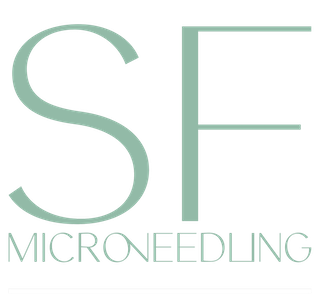Microneedling: A Powerful Tool in the Fight Against Hyperpigmentation
Hyperpigmentation, characterized by dark patches or uneven skin tone, is a common skin concern that affects many individuals. Whether caused by sun damage, hormonal changes, or post-inflammatory responses, these stubborn discolorations can be challenging to treat. Enter microneedling, a minimally invasive cosmetic procedure that has gained popularity for its effectiveness in addressing various skin issues, including hyperpigmentation. The treatment works by creating thousands of microscopic channels in the skin using fine needles, which triggers the body's natural healing response. This process stimulates collagen and elastin production, promotes cell turnover, and enhances the absorption of topical treatments, making it a powerful ally in the battle against uneven skin tone.
What sets microneedling apart in treating hyperpigmentation is its ability to target multiple layers of the skin simultaneously. As the micro-injuries prompt the skin to heal, they also encourage the breakdown of excess melanin deposits responsible for dark spots. Moreover, the enhanced absorption of skincare products post-treatment allows for more effective delivery of lightening agents such as vitamin C, kojic acid, or hydroquinone directly to the affected areas. This synergistic approach not only helps to fade existing hyperpigmentation but also works to prevent future discoloration by regulating melanin production. With a series of treatments, many patients observe a significant improvement in skin tone evenness, alongside other benefits like reduced fine lines and improved skin texture. As with any skin treatment, it's crucial to consult with a qualified professional to determine if microneedling is suitable for your specific skin type and concerns, especially when dealing with hyperpigmentation
